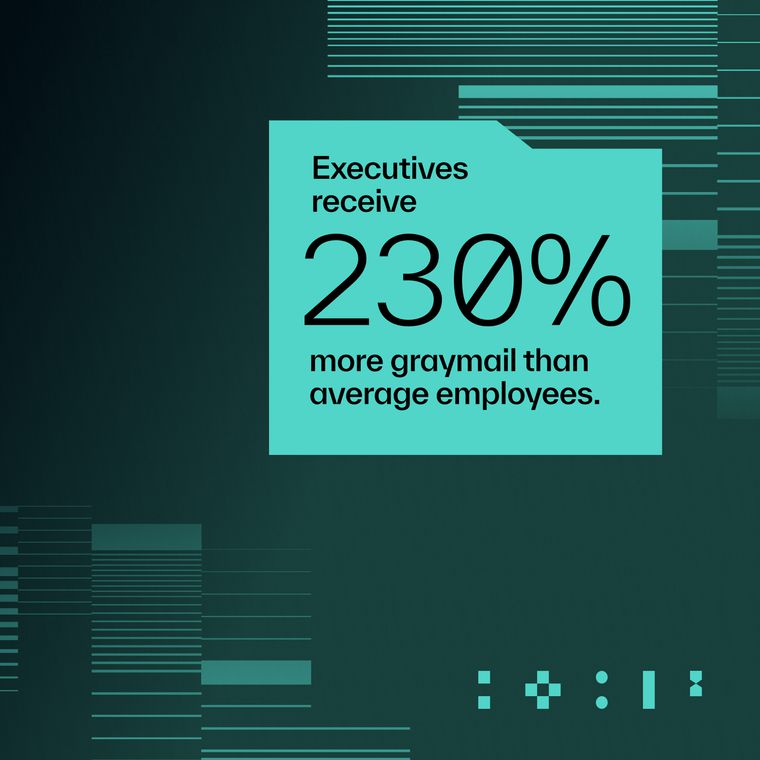When Custom Rules Break: Why Email Security Must Become Autonomous
More rules mean more work—and more risk. See how behavioral AI flips the model by detecting threats without requiring constant manual tuning or rule maintenance.
August 27, 2025
/
5 min read

For years, writing custom detection rules was the gold standard for precision and control in email security. Engineers could diagnose a threat, encode a rule, and watch the system catch what it once missed. The process felt tactical, responsive, even elegant.
But in today’s dynamic, fast-moving, and highly adaptive threat landscape, rules carry a hidden cost: they do not scale. Not for modern attacks, not for expanding organizations, and not for lean security teams tasked with protecting them. Rules create the appearance of control, but in truth, they generate liability. The longer they live, the more they demand from those who maintain them.
Rules Are Work, and the SOC Owns Every Line
Detection logic ages quickly. A rule that flags unusual invoice requests might work today, but tomorrow the vendor changes their format, a new executive appears, or the attacker shifts a single variable. What once felt precise becomes noise, or worse, a blind spot.
Each rule is an operational commitment: to keep it relevant, to troubleshoot false positives, to explain why it did or didn’t fire. Multiply this by hundreds of rules, and the surface area requiring constant tuning and testing expands rapidly.
This process is manageable if a team has unlimited bandwidth and stability. But most don’t. In many organizations, detection engineering becomes tribal knowledge, a private system of if/then statements, often locked behind complex query languages and Git workflows that only a handful of engineers understand. Few team members want to touch it—until, of course, something breaks.
This is the paradox of manual detection: the more custom logic that is built, the more brittle protection can become.
Automation That Relies on People Isn’t Autonomy
Some platforms try to bridge the gap with automation frameworks like rule-writing assistants, detection templates, and AI-generated logic. At best, these tools offer temporary relief, but the underlying system does not change.
At the end of the day, the security team remains responsible for what is detected and why. Whether rules are handwritten or machine-suggested, they require risk definitions, crafted patterns, and constant maintenance. Detection is still managed as a software project, with a few accelerators thrown into the mix.
This isn’t autonomy. It’s assisted labor. The process assumes that security teams should continue spending their time describing threats to machines, instead of machines learning to spot threats themselves.
Behavioral AI Changes the Game
The more effective path forward does not start with more sophisticated rule frameworks. It starts by removing the need for custom rules altogether.
Instead of requiring teams to specify what threats look like, Abnormal models baseline normal behavior for every employee, vendor, and communication pattern in the environment.
Our platform learns how the CEO is typically addressed. It understands which vendors normally send attachments and which do not. It recognizes that a request for gift cards at 11:43 PM from a personal Gmail account, targeting finance, is an anomaly—even if no known threat actor has ever used that exact method before.
This is not “next-gen filtering.” It is behavioral intelligence: a system that adapts to the environment, notices meaningful deviations, and stops malicious messages in real time without requiring human-defined logic.
And because the system continuously learns, protection grows stronger with time rather than eroding without constant human intervention.
Trust in any autonomous system depends on visibility into its decisions. Abnormal resolves this with clear, explainable outcomes. Every threat stopped is backed by contextual evidence: unusual tone, a new reply-to address, impersonation of a known executive, suspicious link behavior. Analysts see precisely why a message was flagged and can trace anomalous patterns across logs, timelines, and historical events.
Instead of parsing rules or YAML, the reasoning is surfaced directly, giving security teams confidence in each detection while eliminating the burden of writing or maintaining logic.
Giving Time Back to Security Teams
The impact of autonomy is not just technical. It’s operational.
When detection no longer depends on writing, tuning, or maintaining rules:
Onboarding accelerates: protection begins on day one.
Incident response shortens: investigations are no longer slowed by tracing failed rules.
Resilience increases: coverage is not tied to the expertise of a single engineer.
Focus shifts: from maintaining detection logic to reducing actual business risk.
Security teams should not be locked in a cycle of building rules for each new tactic. Their expertise is better spent on guiding strategy, investigating high-impact threats, and strengthening organizational resilience.
The purpose of autonomy is not to remove people from the loop. It is to give them back the time and focus to do higher-value work.
The Inevitable Evolution of Email Security
Custom rules emerged as a workaround for the rigidity of first-generation email security tools. They offered teams a means to enforce control where the platforms themselves had no adaptive capability. That era is ending.
The future of email security is not defined by static rules, but by context. It does not depend on manual tuning, but on continuous adaptation. And it shifts time away from rule maintenance and back to security outcomes.
Behavioral AI is more than an incremental improvement. It is the natural evolution of email security, the model built to keep pace with both attackers and the modern enterprise. And that evolution is already well underway.
Email security shouldn’t depend on constant rule maintenance. See how Abnormal behavioral intelligence frees your team to focus on what matters. Schedule a demo today.
Related Posts
Get the Latest Email Security Insights
Subscribe to our newsletter to receive updates on the latest attacks and new trends in the email threat landscape.


